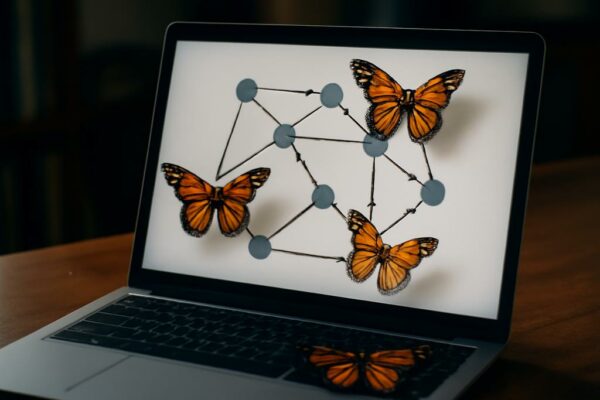
Heat Waves in the Age of AI Weather Forecasts
Extreme heat is not just a meteorology problem; it’s a public health deadline. When thermometers surge, people suffer—especially the most vulnerable in cities with aging power grids, crowded housing, or limited access to cooling. As climate change nudges heat waves toward longer durations and higher peaks, forecasts become lifelines: they guide hospital preparations, energy management,…
























